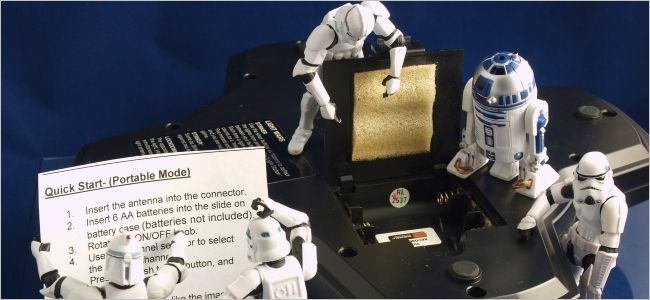With all the progress and improvements that have been made with computer hardware, why are some things like the CMOS battery still necessary? Today's SuperUser Q&A post has the answer to a curious reader's question.
Today's Question & Answer session comes to us courtesy of SuperUser---a subdivision of Stack Exchange, a community-driven grouping of Q&A web sites.
Photo courtesy of Jim Bauer (Flickr).
The Question
SuperUser reader Joseph Philipson wants to know why PCs still require a CMOS battery:
Why do PCs still require a CMOS battery even though they run on electricity? We are providing lots of power to the PC by switching the CPU plug to our electric board, so why does it still require a CMOS battery?
Why do PCs still require a CMOS battery?
The Answer
SuperUser contributors nhinkle and smokes2345 have the answer for us. First up, nhinkle:
The CMOS battery is not there to provide power to the computer when it is in operation, it is there to maintain a small amount of power to the CMOS when the computer is powered off and unplugged.
The primary function of this is to keep the clock running even when the computer is turned off. Without the CMOS battery, you would need to reset the clock every time you turned on the computer.
On older systems the CMOS battery also provided the small amount of charge required to maintain the non-volatile BIOS memory, which remembered BIOS settings between reboots. On modern systems this information is typically stored in flash memory and does not require a charge to be maintained.
Followed by the answer from smokes2345:
Think of it like your car battery. When you unplug the battery, your radio looses all of its presets and the clock resets. Originally, the CMOS battery held a similar function, maintaining the memory that held the BIOS settings and keeping the Real-Time Clock running.
However, with modern computers the CMOS battery plays a lesser role as most BIOS firmware is smart enough to automatically detect the correct settings and those settings are stored such that they do not need power to persist. The CMOS battery is still required to maintain the RTC though.
More information is available at the following Wikipedia page: Nonvolatile BIOS Memory (CMOS Battery)
Have something to add to the explanation? Sound off in the comments. Want to read more answers from other tech-savvy Stack Exchange users? Check out the full discussion thread here.

